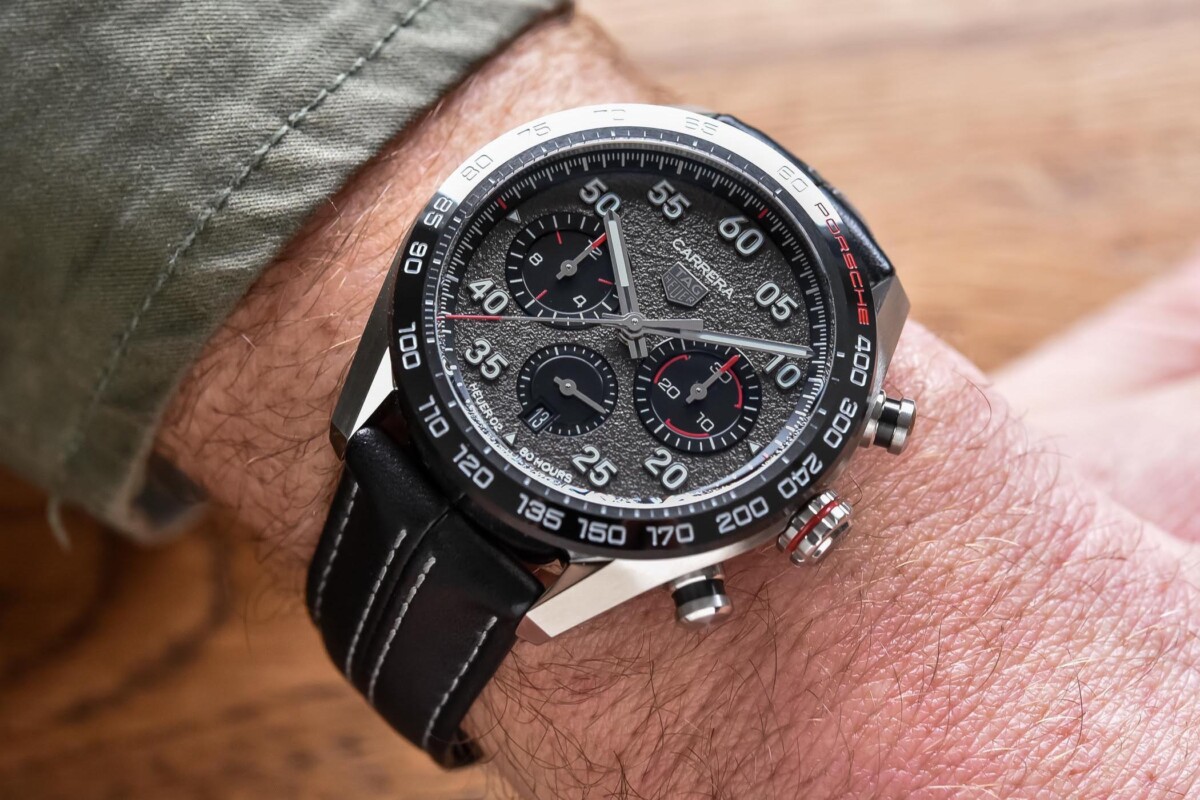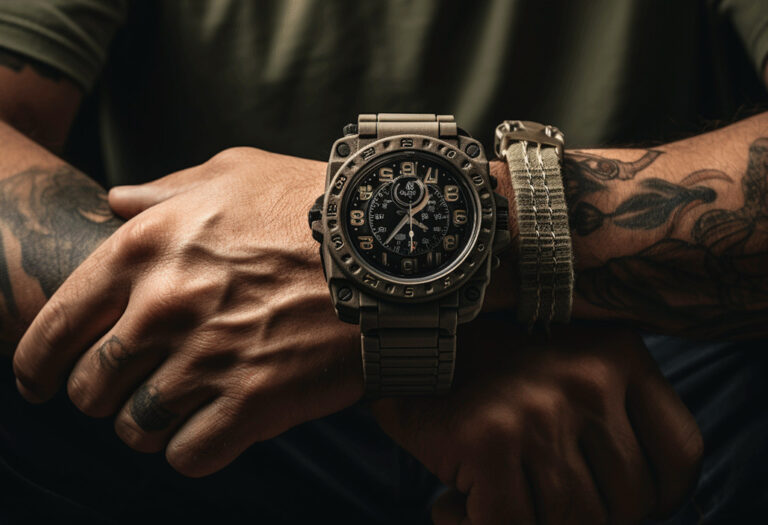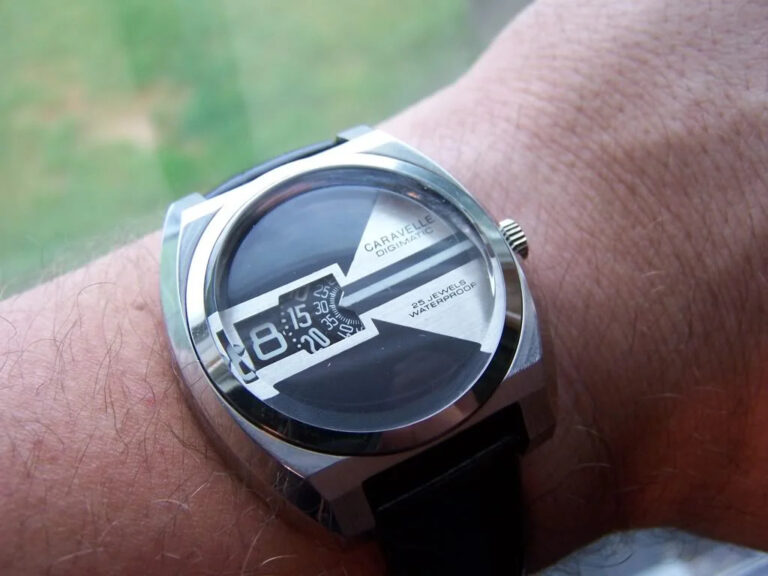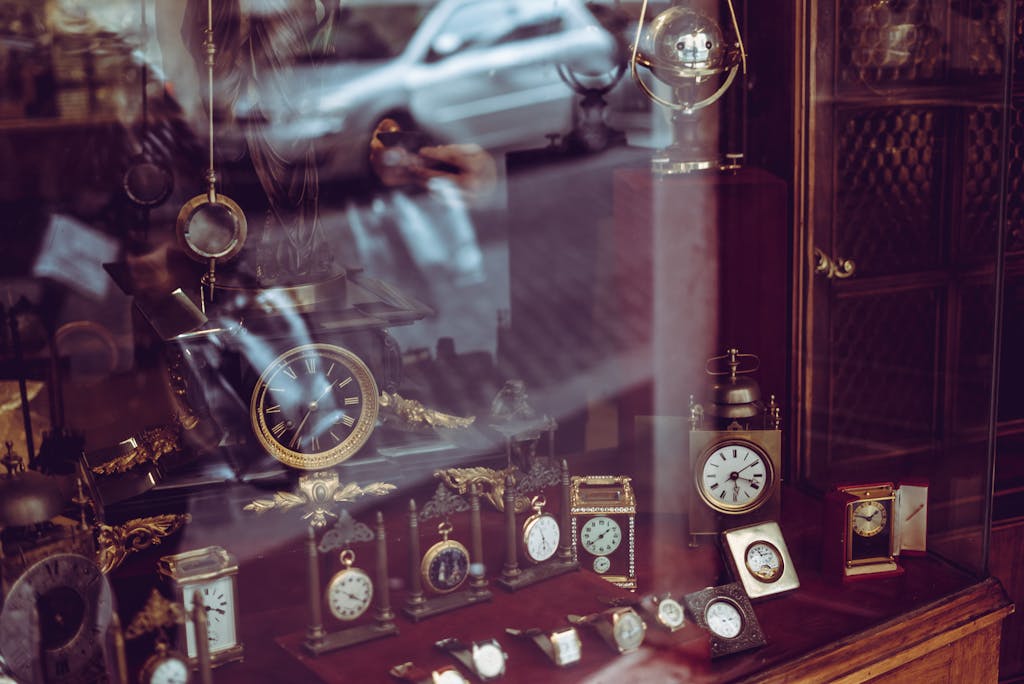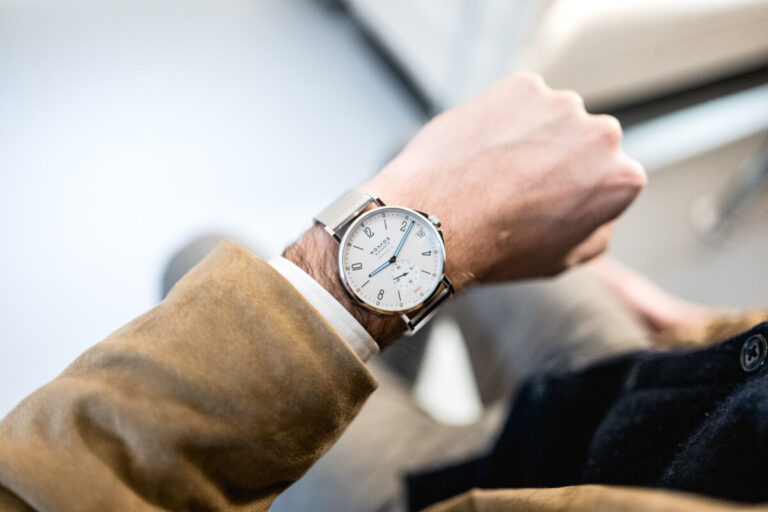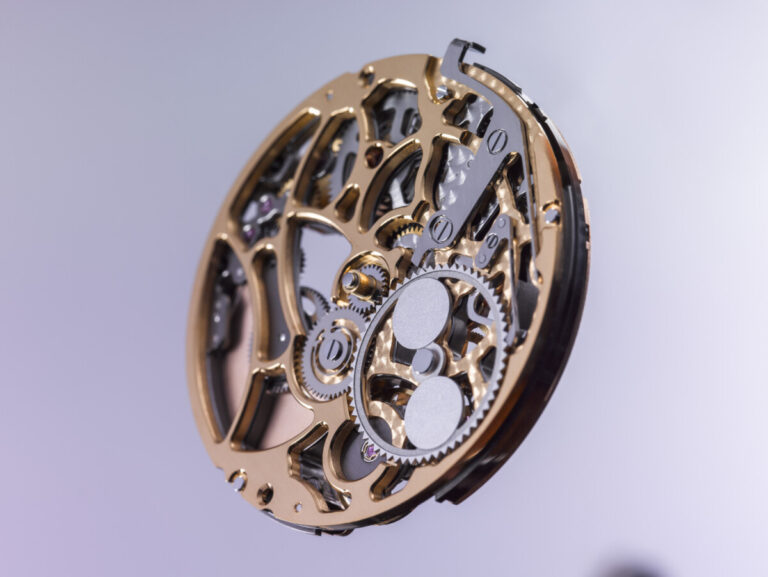As a devoted watch enthusiast and racing aficionado, I find myself captivated by the enduring allure of racing watches. Among the vast array of sports watch styles, these timepieces have held a special fascination, capturing the imaginations of enthusiasts worldwide. From Paul Newman’s iconic Rolex Daytona to the Omega Speedmaster’s indelible association with space exploration, racing watches carry a cultural significance that transcends mere timekeeping.
The deep-rooted relationship between horology and motorsports underscores the profound importance of these specialized timepieces. They are not merely accessories but essential tools, purpose-built to withstand the rigors of high-speed racing while providing precise and reliable timing. As I delve into the world of racing watches, I invite you to join me on a exhilarating journey through their intricate mechanics, rich history, and enduring allure.
How Does a Racing Watch Work?
At the core of every racing watch lies a meticulously engineered mechanism designed to cater to the unique demands of motorsport timekeeping. These watches are equipped with a range of features that elevate them above ordinary timepieces, ensuring optimal performance in even the most demanding racing environments.
A clear crystal dial protector serves as the first line of defense, shielding the watch face from scratches and impacts that may occur during high-speed activities. Beneath this protective layer, a high-contrast dial ensures easy legibility, allowing racers and pit crews to quickly grasp the time amidst the chaos of a race.
A clear seconds track encircling the dial enables precise timing of events, while an accurate, reliable second hand proves crucial for maintaining impeccable timekeeping – a necessity in a sport where every split second counts.
Highlight Sentence: Racing watches incorporate thoughtful design choices that prioritize maximum legibility and functionality, ensuring that racers can glance at their timepieces and instantly comprehend vital information.
Beyond these fundamental features, modern racing watches often incorporate advanced technologies to further enhance their performance. An anti-reflective coating reduces glare, improving visibility even in direct sunlight. Many renowned models feature black dials with white indices and second tracks, a combination that heightens readability and adds a touch of sporty sophistication.
For racers themselves, the use of rally straps – perforated leather bands designed for breathability – ensures optimal comfort even in the confines of a sweltering driver’s seat. Every aspect of a racing watch is meticulously crafted to meet the demands of high-octane motorsports.
The Chronograph Racing Watch
While some racing watches excel at pure timekeeping, the true embodiment of motorsport timing lies in the realm of chronographs. Beyond mere hour and minute tracking, chronographs offer stopwatch functionality, allowing racers and officials to accurately measure elapsed time with incredible precision.
At the heart of any racing chronograph lies a tachymeter scale, a specialized feature that enables the measurement of speed over a fixed distance. This invaluable tool allows racers to calculate their average speeds, a critical metric in optimizing performance and strategy.
Many racing chronographs also incorporate a flyback feature, which enables the instantaneous reset and restart of the stopwatch function with a single push of a button. This seamless operation proves indispensable for consecutive lap timing, ensuring that not a single moment is wasted during the heat of competition.
Highlight Sentence: The intricate dance of subdials adorning a racing chronograph not only enhances its aesthetic appeal but also provides additional stopwatch functions, further cementing its status as the ultimate tool for motorsport timekeeping.
Crafted from robust stainless steel, these timepieces are engineered to withstand the rigors of racing, ensuring durability and resistance to the rigorous demands of the track or circuit. While aviation chronographs may prioritize different functionalities, racing chronographs are laser-focused on speed and performance measurement, reflecting the very essence of motorsports.
In the modern era, the identity of racing watches has become almost synonymous with chronographs, a testament to the intrinsic link between these specialized timepieces and the high-stakes world of competitive racing.
Iconic Racing Watches
Throughout horological history, certain racing watches have attained an iconic status that transcends their mere functional capabilities. These timepieces carry a cultural and historical importance that resonates deeply with enthusiasts, serving as enduring symbols of automotive passion and engineering excellence.
Among the most revered models, the Rolex Cosmograph Daytona stands tall, its very name evoking the spirit of the legendary Daytona Raceway. This chronograph has become synonymous with motorsports timekeeping, its distinct tachymeter bezel and robust construction earning it a place in the pantheon of horological legends.
The Tag Heuer Monaco, famously adorned on the wrist of Steve McQueen in the classic film “Le Mans,” gained fame through its innovative automatic chronograph movement and daring, avant-garde design. Its association with McQueen’s embodiment of cool cemented its status as an enduring style icon.
Highlight Sentence: The Porsche Design Chronograph 1, conceived by none other than Ferdinand Alexander Porsche himself, reflects the principles of automotive engineering in its sleek and purposeful aesthetics, embodying the very essence of form following function.
While these iconic racing watches hold immense cultural significance, their true value lies in their ability to inspire and captivate generation after generation of enthusiasts, serving as tangible reminders of humanity’s relentless pursuit of speed, precision, and engineering excellence.
A Brief History of Racing Watches
The origins of racing watches predate the advent of automobiles themselves, with their roots intertwined with the rich histories of timekeeping and chronograph development. Long before the roar of engines echoed across racetracks, these specialized timepieces found their purpose in contexts as diverse as horse racing and sailing.
The evolution of racing watches is inextricably linked to the history of chronographs, those ingenious mechanisms capable of precisely measuring elapsed time. Early chronograph inventions, such as Louis Moinet’s groundbreaking creation in 1816, laid the groundwork for the modern racing chronographs we know and love today.
It was Nicolas Mathieu Rieussec, however, who truly revolutionized timekeeping for racing applications with his innovative “ink chronograph” in 1821, designed specifically for timing horse races. This pivotal invention introduced the concept of visually tracking the duration of events, a principle that would become integral to the development of racing watches.
Highlight Sentence: Over the ensuing decades, horological titans like Longines and Breitling continued to refine and advance chronograph technology, paving the way for the emergence of dedicated racing watches as we know them today.
From their humble beginnings as essential tools for timing equestrian and nautical pursuits, racing watches have evolved into highly specialized instruments, engineered to withstand the extreme conditions of modern motorsports while delivering uncompromising accuracy and reliability.
FAQs: What Is a Racing Watch?
What is the primary purpose of a racing watch?
At its core, a racing watch serves to track race time and average speeds with utmost precision. Whether timing lap times or calculating velocity over a fixed distance, these specialized timepieces are designed to provide racers and officials with the critical data they need to optimize performance and make informed decisions.
What is the relationship between chronograph watches and racing watches?
While not all chronograph watches are inherently racing watches, the vast majority of modern racing watches incorporate chronograph functionality. The ability to measure elapsed time with split-second accuracy is a fundamental requirement for any timepiece aspiring to the motorsport realm.
Why is it historically significant for race car drivers to wear watches?
In the early days of motorsports, watches served as essential tools for tracking performance and timing, long before the advent of sophisticated electronic timing systems. Racers relied on these timepieces not only for timekeeping but also as a means of gauging their progress and making strategic decisions on the fly.
What kind of watches are suitable for car races?
For car races, clear and accurate watches with stopwatch functions are highly prized, with flyback chronographs being particularly favored for their ability to instantly reset and restart timing with a single push. Legibility and durability are also paramount, as these timepieces must withstand the rigors of high-speed racing while remaining easily readable at a glance.
Conclusion: Purpose-Built Style
As we conclude our exploration of what is a racing watch, it becomes evident that these timepieces have undergone a remarkable evolution, transcending their origins as mere practical racing equipment to become statement pieces that embody the very essence of motorsport style.
While advancements in technology have introduced sophisticated electronic timing systems, racing watches remain relevant as backup timing devices and, more importantly, as tangible expressions of the passion and dedication that fuels the world of competitive racing.
Highlight Sentence: With their sleek and sporty designs that parallel the aesthetics of race cars themselves, racing watches symbolize the unwavering pursuit of performance, precision, and engineering excellence that defines the motorsport ethos.
In an age where fashion and function seamlessly intertwine, racing watches stand as a testament to the enduring allure of purposeful design. They are not mere accessories but tools crafted to withstand the rigors of the racetrack while delivering uncompromising accuracy and reliability.
As I gaze upon my own collection of racing watches, I am reminded of the rich histories, the technological marvels, and the sheer passion that these timepieces represent. Each one is a portal to a world of adrenaline-fueled competition, where the pursuit of speed and precision reigns supreme. In the end, a racing watch is more than just a timekeeper – it is a symbol of our collective fascination with the thrill of the chase, the roar of engines, and the relentless pursuit of perfection.

